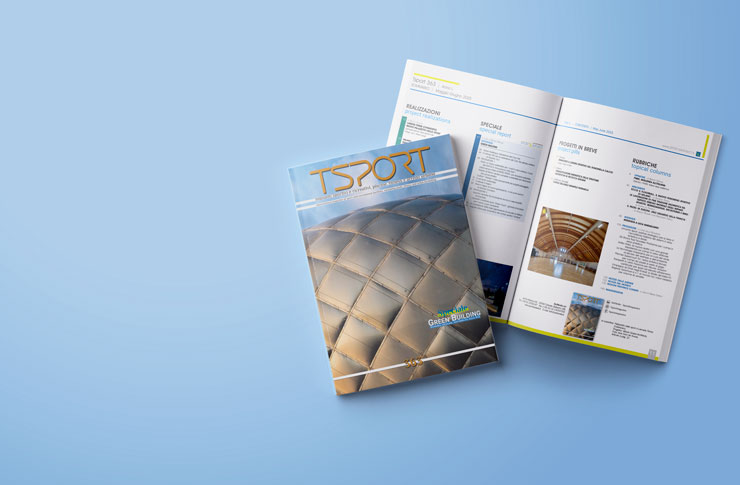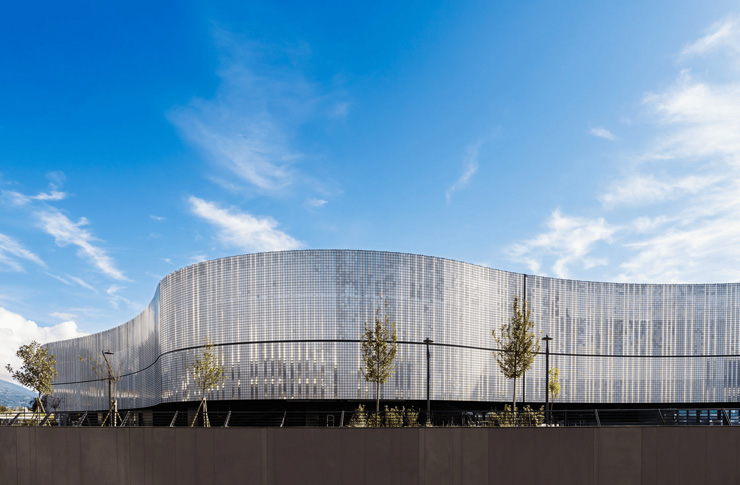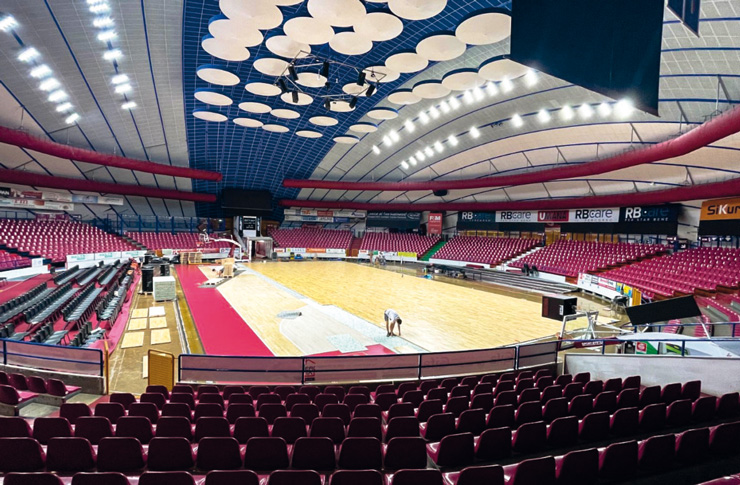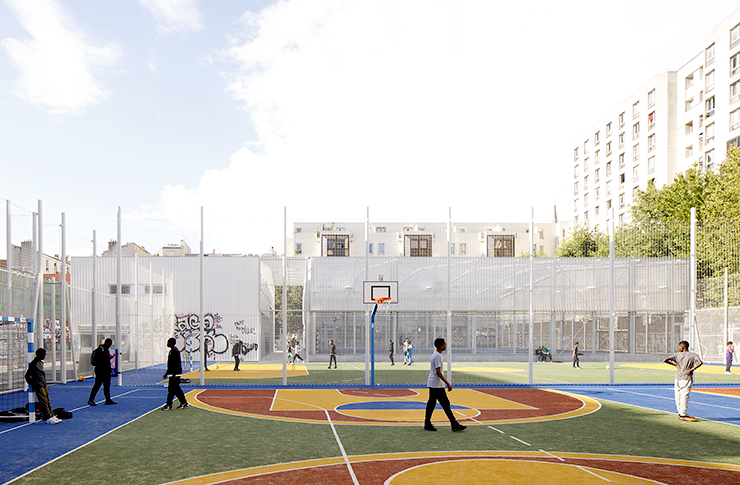Sports disciplines, universal design, athletic training centers in Tsport 333.
Special Paralympic sports
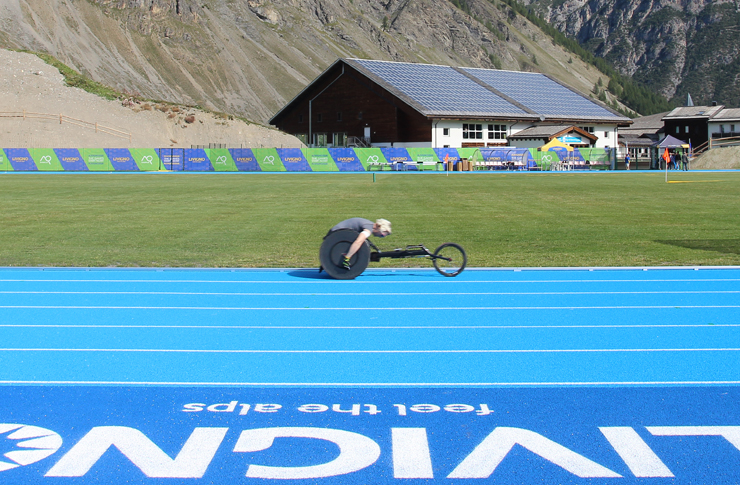
A handbike athlete on the Livigno track, Sondrio (Photo BG/sport&impianti).
The special insert for the May-June 2020 issue of Tsport would have been released near Tokyo 2020, and would have told how the facilities were prepared for the Paralympic Games in Japan. After postponing the global appointment by one year, we stayed on the subject, however, wanting to remember what needs to be done in terms of facilities to promote a real inclusion between the disabled athlete and the normalized athlete, and what the Italian Paralympic Committee is doing for our sport, hearing the president Luca Pancalli in an exclusive interview.

The origins
The origin of the Paralympic Games is traced back to the competition for World War II veterans who had suffered physical damage and disabilities, organized in 1948 by German neurosurgeon Ludwig Guttmann, followed by a series of international editions held in Stoke Mandeville, not far from London, from which they took their name.
The idea of associating the competition with the Olympics was the idea of the Italian doctor Antonio Maglio, director of the INAIL paraplegic centre, who obtained that the tenth edition of the “international games for paraplegics” take place in Rome in 1960, the year of the 17th Olympics.
Only in a few editions of the subsequent Olympics was it possible to have the Stoke Mandeville International Games held in the Olympic city, and in 1984 the name “Paralympic Games” was recognized. Finally, in 2001, an agreement was signed between the International Olympic Committee (IOC) and the International Paralympic Committee (IPC), with which the city candidate to host the Olympics is required to organize both the Olympic Games and the Paralympic Games.
With the postponement of Tokyo 2020, the next Paralympic Games will take place from August 24 to September 15, 2021.

Paralympics and Paralympic sports
Officially, Paralympic sports are all competitions included in the summer and winter Paralympic Games, which currently amount to 27 disciplines.
Considering that the sports practiced by athletes with disabilities may be the most diverse (the Italian Paralympic Committee recognizes about one hundred, see the complete list), the Olympic rules provide for a classification into ten categories, defined in relation to reduced muscle power, loss or deficit of a limb, visual impairment or intellectual disability.
The category to which you belong determines which athletes you compete against and which sports you participate in. Some sports are open to more than one category, while others are restricted to only one; in some sports with more than one category, athletes compete within the category to which they belong, while in others athletes compete in inter-category events.
Each sport has a specific classification system that is part of the rules of the sport itself, and allows athletes to compete against others with similar disabilities or level of physical functionality, so as not to benefit a priori one athlete over another.
Today the new challenge is inclusion: as Tommaso Empler reports in the article dedicated to Universal design, disabled and able-bodied athletes can also compete together. For this reason it is necessary to work on the cultural level, but also on the plant engineering one.
Go to the other articles in the “Paralympic Sport Special”:
Universal Design in sports facilities
Interview with Luca Pancalli
The Tre Fontane Paralympic Preparation Centre
The new Paralympic Centre of North Italy in Villanova sull’Arda
Alex Zanardi and advertising





